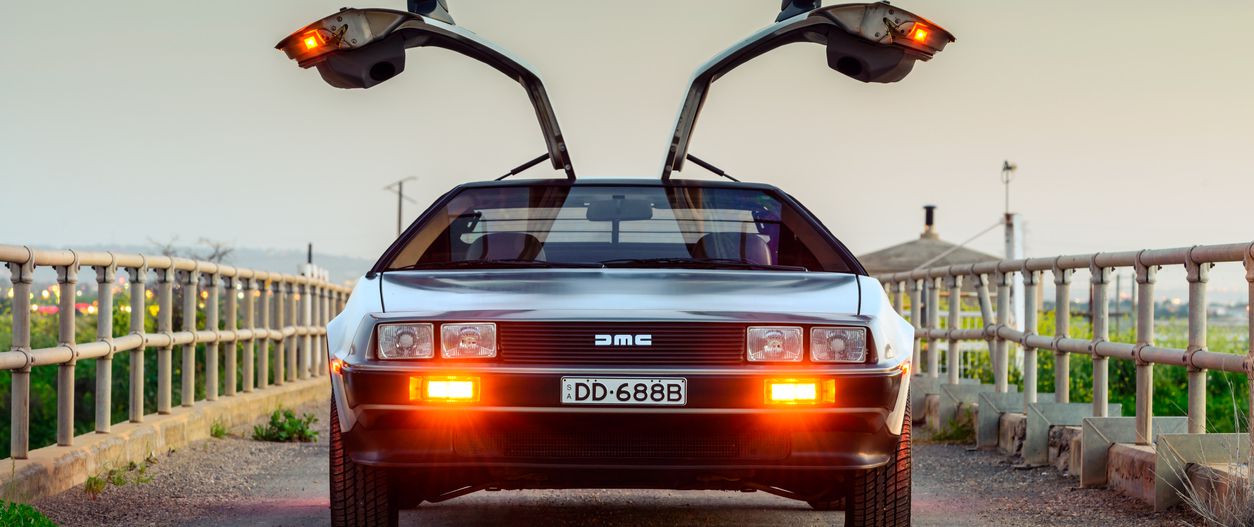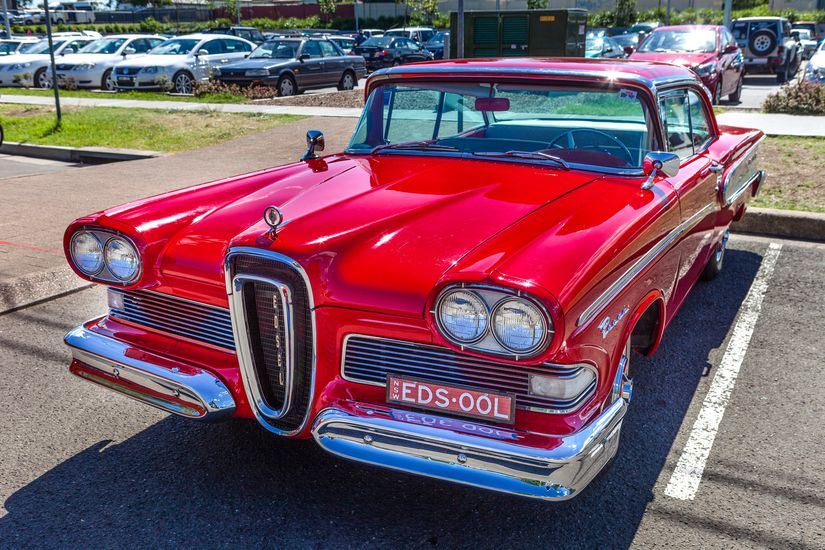Love 'Em or Loathe 'Em
It takes a lot of time, effort, and money to develop a car; when an automaker goes through the trouble of introducing one, you'd better believe a lot is riding on its success. But for every Camry or Mustang or Corvette — models that have sold millions and endured for decades — there are cars that linger unloved in showrooms or simply aren't built to last.
Related: The Most Popular Trucks in America
























